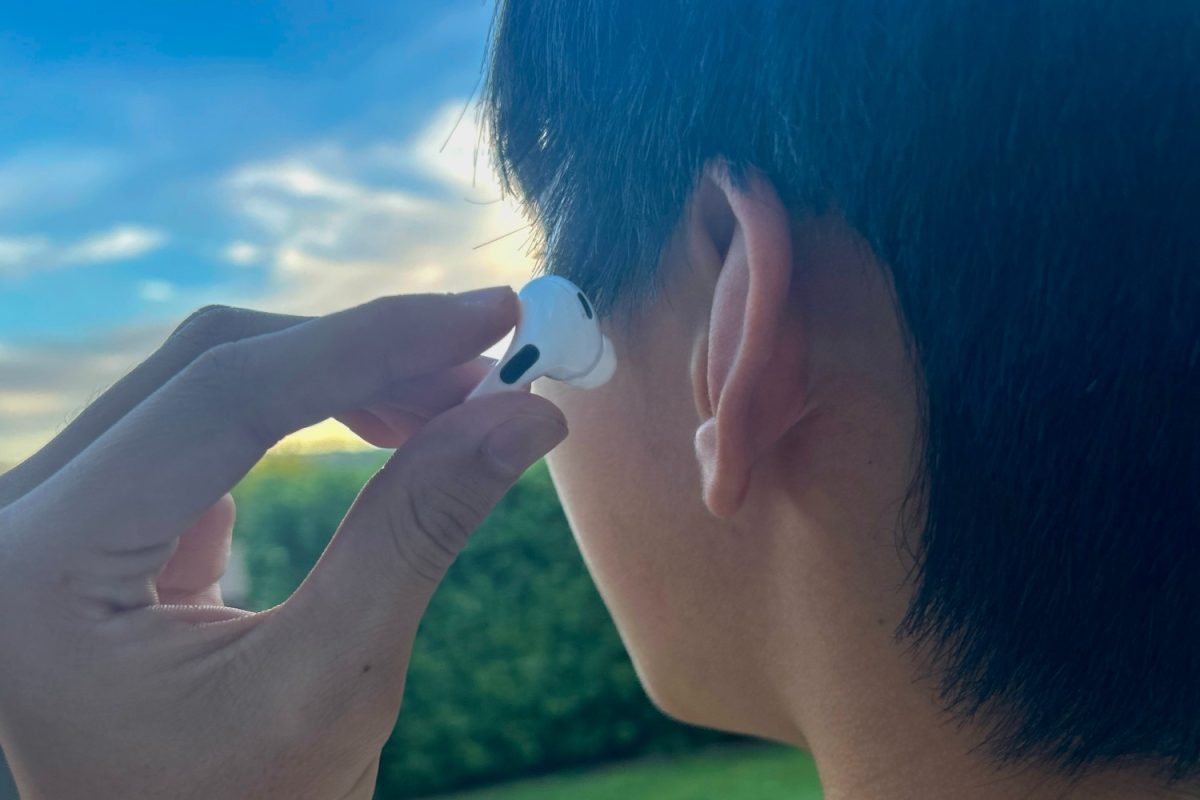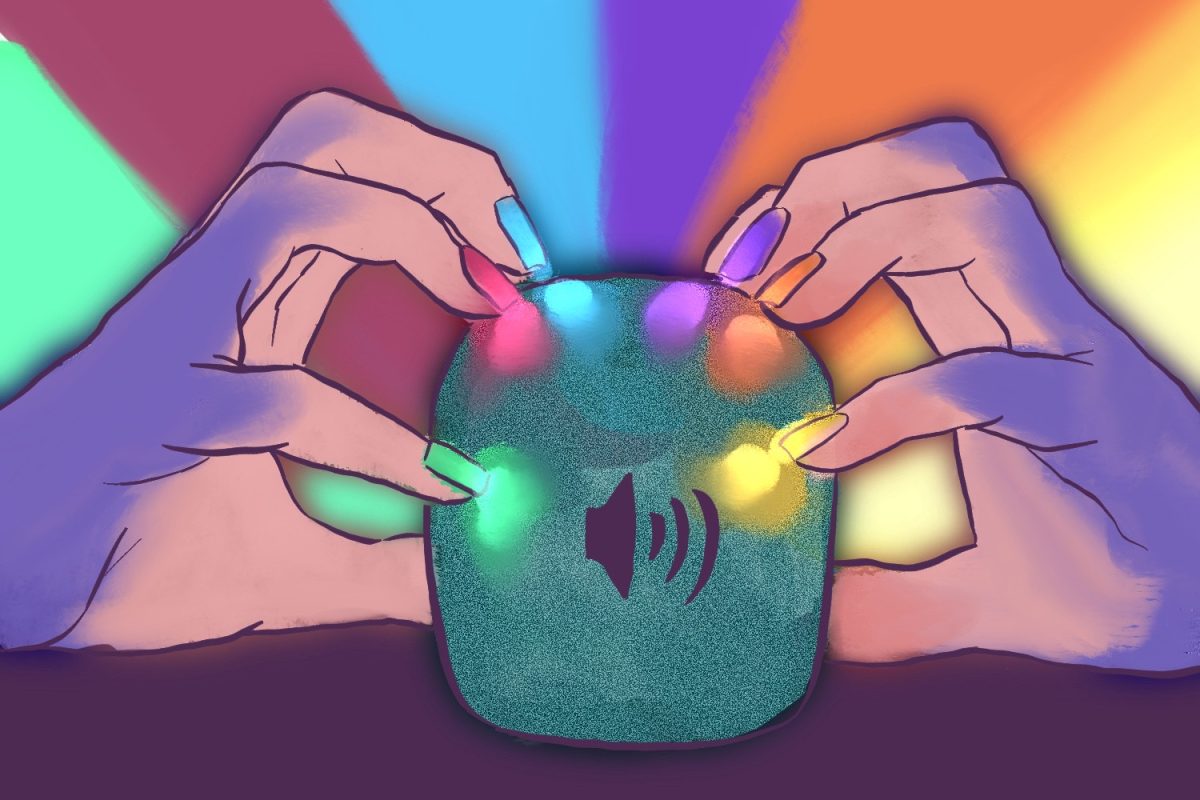From classrooms to living rooms, teenagers can be frequently spotted having wireless headphones plugged into their ears.
These devices have become prominent among teens, especially AirPods, but they continue to prove a barrier to social connections.
According to a report on the Wireless Headphones Market, the market is expected to grow at a CAGR (compound annual growth rate) of 8.94% from 2024 to 2029, reaching a market size of $14.38 billion by 2029.
Teenagers are partially behind the increasing popularity of these gadgets. The convenience of these items makes them appealing for adolescents to reach for.
“I wear my AirPods often because I can move around, and I’m not as restricted since there’s no cord,” said Sara Balach, a sophomore at Burlingame High School. “Sometimes I even forget about them when having them in my ears.”

Yet wireless headphones can also act as a wall blocking social interaction. According to Psychology Today, social connection is vital to the health and happiness of individuals, and earbuds prevent these essential connections from occurring by consuming their attention.
Additionally, it is pointed out that wearing earbuds causes emotional, psychological, and social damage to one as it puts them in a “limbo between being connected with the outside world through some sort of social interaction and being connected with our internal world of thoughts and emotions.”
“If you always have your headphones in, you’re sort of disconnected from everyone, and then it’s a missed opportunity to engage and have a conversation with someone,” said Bertalicia Godina, a Spanish teacher at Carlmont. “For world language classes where listening and speaking are important, wireless headphones will get in the way of communication skills. My classroom policy is that my students must put away their headphones at the beginning of class.”
“If you see someone wearing headphones, you tend not to engage with them as much. When I’m walking my dog, and I see somebody else with headphones on, I tend to think, ‘I don’t want to interrupt them,’” said a mother of two teens*.
“If I were to have two people, one with headphones and one without, I would probably approach the one not wearing headphones. I feel like they will engage with me, whereas I would need to get the other’s attention, and that’s more work. People want to go to the easier route. I think wearing headphones kind of puts up a wall,” Godina said.
Headphones and earbuds can also be distracting in any environment. According to Traffic Control Corporation, wearing headphones leads to reduced situational awareness and increased distraction, as the brain processes whatever is playing even if one is not actively paying attention to it. In fact, it is illegal to wear headphones covering both ears while driving in the state of California.
“I would say wearing headphones is distracting to the individual wearing them because, at least from my experience, when I wear my AirPods, I cannot hear what people are saying very well. That tells me that when you’re wearing them, you’re not listening to what’s going on, so it definitely distracts,” said Carlos Flores, a math teacher at Carlmont.
“Sometimes, when I have to say something to my son, he won’t hear me at all. I have to repeat myself or tap him on the shoulder because he’s got these AirPods in. But it also goes vice versa. If I have my AirPods in, I’m less present, and I am generally more distracted,” the mother said.
The frequent use of wireless headphones sets a path toward social isolation that can easily lead individuals to detach from their external surroundings.
“I feel like kids, mine included, are wearing headphones too much and becoming a lot more addicted to it. It seems to be taking over our culture,” the mother said.
*This name was kept anonymous by the author to ensure anonymity for the source that was interviewed, in accordance with Carlmont Media’s Anonymous Sourcing Policy.












